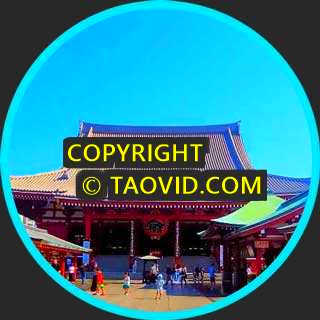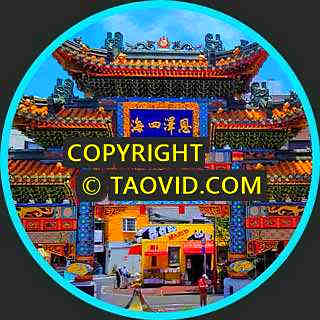Walk in Tofuku-ji Temple – Kyoto, Japan
Tōfuku-ji (東福寺) is a Buddhist temple in Higashiyama-ku in Kyoto, Japan. Tōfuku-ji takes its name from two temples in Nara, Tōdai-ji and Kōfuku-ji.
It is one of the so-called Kyoto Gozan or “five great Zen temples of Kyoto”. Its honorary sangō prefix is Enichi-san (慧日山).
Tōfuku-ji was founded in 1236 by the imperial chancellor Kujō Michiie. He appointed the monk Enni as founding priest, who had studied Rinzai Zen Buddhism in China under the monk Wuzhun Shifan.
The temple was burned but rebuilt in the 15th century according to original plans. Tofuku-ji was one of the five temples of the Five Mountain System.
The temple was greatly reduced in size from 70 buildings to 25 during the Meiji era after the Shinbutsu bunri decree.
In 1881, a fire burned down many major buildings such as the Main Hall, the Hōjo, the Hattō and the statue of Sakyamuni Buddha.
Both the main hall and the Hattō were rebuilt in 1917, and a new statue of Sakyamuni Buddha was later relocated to the temple in 1934.
In 1486 Ryōan Keigo became the 171st abbot of Tōfuku-ji. At the end of the 16th century Ankokuji Ekei was appointed abbot. From 1980 to 2009 Tōfuku-ji has been led by head abbot Keidō Fukushima.
Tōfuku-ji’s main gate is the oldest sanmon in Japan. It is a National Treasure of Japan. It is two stories high and five bays wide. The central three bays are doors.
Currently, the Tōfuku-ji complex includes 24 sub-temples, though in the past the number has been as high as 53.
Tōfuku-ji’s large nehan-zu painting depicts Buddha on his death bed. This massive image (7 x 14 meters) is the second largest in Japan. The image at nearby Sennyū-ji is the largest of its kind in Japan, measuring 8 x 16 meters. Both images are rarely displayed, most recently in 2003 for three days only.[4]
A 1238 portrait painting of Wuzhun Shifan along with an inscription by an anonymous author was brought to the temple by Enni in the 1240s and remains there today. Plaques of Wuzhun’s calligraphy is also kept at Tōfuku-ji.
In 1933 the Nihonga painter Inshō Dōmoto painted the large and vivid “Blue Dragon” ceiling painting for one of the halls, which he painted in 17 days.
There are a number of gardens in the various precincts of Tōfuku-ji. The current garden was designed by landscape architect Mirei Shigemori in the 1930s. The moss garden in particular has been emblematic of the renewal of Japanese gardening principles in the 20th Century.
The temple features a large number of Japanese maple trees, and is most crowded during the autumn season when people flock to see the autumn foliage. It is a tradition to view the leaves from the Tsūten-kyō bridge.
Video Source: 京都・東山【東福寺 青もみじ・八相の庭】Kyoto Tofukuji Temple from 京都旅行〔Kyoto trip〕花と水と木 on Youtube ⁄ CC BY






